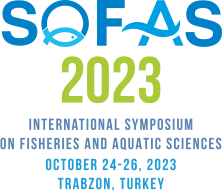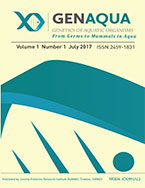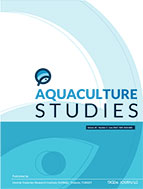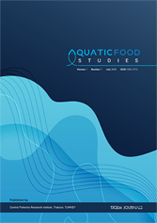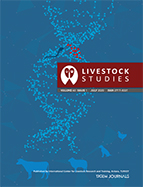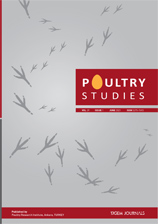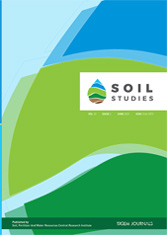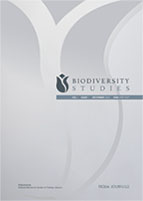Turkish Journal of Fisheries and Aquatic Sciences
2024, Vol 24, Num, 12 (Pages: TRJFAS27308)
Pigment-based Phytoplankton Size Classes and Community Composition along the Western Antarctic Peninsula during the Turkish Antarctic Expedition of 2019
2 Department of Marine Science and Technology Engineering, Faculty of Marine Sciences, Karadeniz Technical University, Trabzon, Türkiye
3 Department of Maritime Transportation and Management Engineering, Faculty of Marine Sciences, Karadeniz Technical University, Trabzon, Türkiye
4 Department of Fisheries Technology Engineering, Faculty of Marine Sciences, Karadeniz Technical University, Trabzon, Türkiye
5 Institute of Marine Sciences and Technology, Karadeniz Technical University, Trabzon, Türkiye
6 Aquatic Animal Health and Molecular Genetic Lab, Karadeniz Technical University, 61080 Trabzon, Türkiye DOI : 10.4194/TRJFAS27308 Viewed : 663 - Downloaded : 762 This study investigates the spatial variability of phytoplankton size classes (PSCs) and community composition along the western Antarctic Peninsula (WAP) during the Turkish Antarctic Expedition (TAE-III) in 2019. Using high-performance liquid chromatography (HPLC) pigment analysis, microscopy, and hydrographic data, we characterized phytoplankton communities across 11 stations during the Turkish Antarctic Expedition (TAE-III). The results revealed substantial regional differences, with nanophytoplankton contributing the most to the total phytoplankton biomass (23–78%), followed by microphytoplankton (3–53%) and picophytoplankton (1–69%). Prominent pigments, including chlorophyll-a, fucoxanthin, and 19-hexanoloxyfucoxanthin, indicated diatom and haptophyte dominance in specific areas. Variations in community composition were strongly influenced by sea surface temperature, salinity, and nutrient availability, driven by regional hydrographic conditions and ice melt dynamics. These findings enhance our understanding of phytoplankton adaptive strategies under changing environmental conditions and highlight their crucial role in the WAP`s polar marine ecosystem. This study provides baseline data essential for monitoring climate-driven changes in Antarctic phytoplankton communities. Keywords : HPLC Pigment Phytoplankton Antarctica



